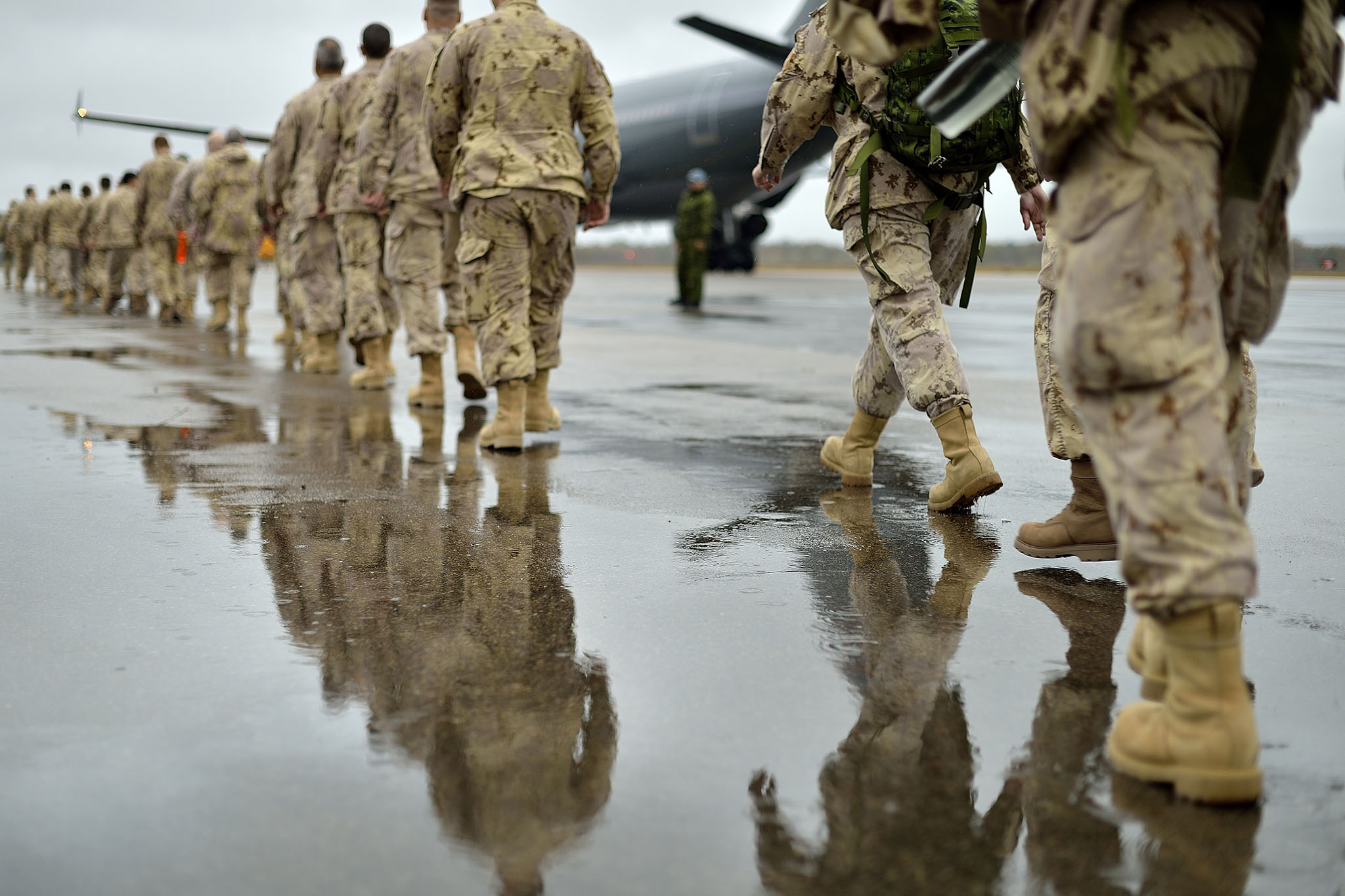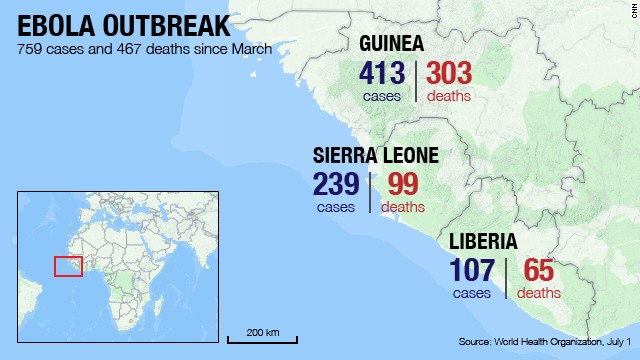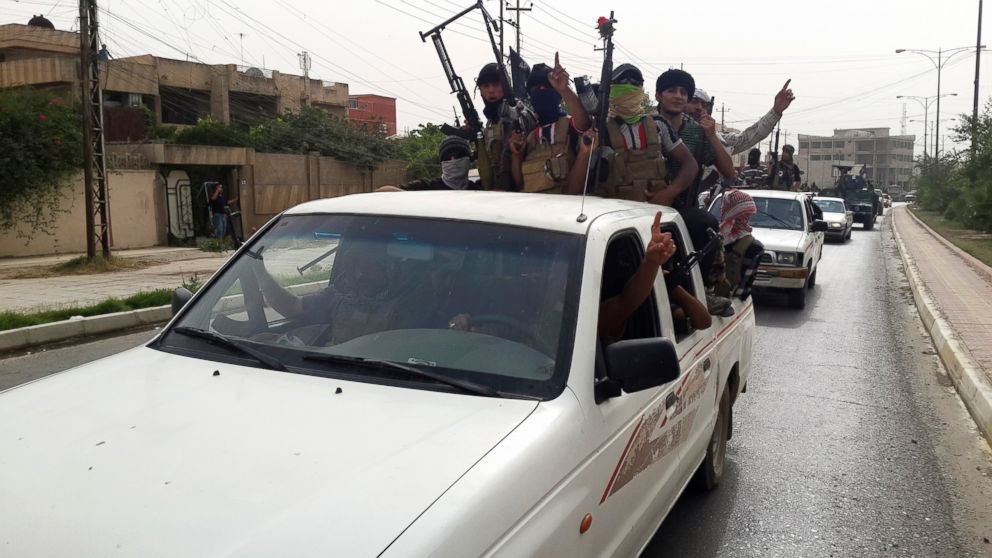As the 2015 election got underway, the Department of National Defence (DND) announced a temporary cessation on all non-essential Public Affairs activities. Limited communication is not unusual during campaign periods. However, unlike previous electoral periods, this policy removes one of the only sources of information on a high profile military operation.
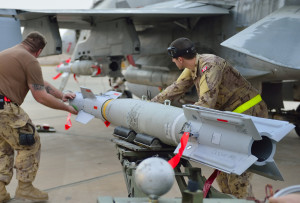
The Canadian Armed Forces (CAF) is currently engaged in Operation IMPACT. Approximately 600 CAF personnel are participating in airstrikes, surveillance, and tactical support as part of an international combat mission against the Islamic State of Iraq and Syria (ISIS).
The media has been barred from entering Canadian air bases in Kuwait, the strategic centre of operation IMPACT. This means that official DND public briefings have been the only source for news on the ongoing combat mission. Reporters are also prohibited from interviewing or taking photos of soldiers departing on any international missions, for combat or training purposes. With media outlets unable to report independently, and new restrictions on DND released information, the public has lost access to knowledge on their military’s activity.
War and Media
In the history of modern warfare, public relations has been instrumental to the outcome of international conflicts. During the Crimean War of 1854, journalists defined public opinion of the war, propelling the war effort through propaganda. In the Vietnam War, the media again swayed public opinion, this time accused of ‘losing’ the war through uncensored and unflattering coverage. More recently, the Afghanistan conflicts of the last decade have been labeled the war that the media ignored, the public subsequently forgot.
The media has become a powerful strategic element in conflict development and resolution. The latest DND policy will temporarily remove this element. Without the scrutiny of the media, the CAF is fighting a war with an unusual disconnect from oversight and interference from the public.
The Hazards of Unrestricted Information Flow
The flow of information is a valued aspect of any society, even labeled the ‘currency of democracy’ by American founding father Thomas Jefferson. Public awareness is also hugely influential over government decisions, including military actions. This influence is not always favourably viewed by government or military leaders. Media representation of conflicts sways public opinion, forcing governments to respond to issues that have been reported upon, instead of focusing on their own policy or strategic agenda. Understandably, the government would prefer to be in a position of control when it comes to critical factors on military decisions.
More recently, media depictions of military personnel has been identified as a vulnerability in the fight against ISIS. With images of American military personnel obtained from media sources, the terrorist group has used social media accounts to publish contact information and photographs, encouraging supporters to target revealed military members. These actions have led to concerns that Canadian soldiers could be similarly harassed or placed in harm’s way, contributing to the sweeping publication bans.
The media may also have the unintended effect of eroding military intervention efforts. According to International Media Support, the volume of media coverage has been statistically linked to subsequent escalation in military conflicts. This is an important strategic element in the mission against ISIS, as the terrorist organization is known to calculate attacks so that media attention is maximized.
The potential for damage provides valid reasons to restrict media activity during conflicts. There are also political implications for reporting on military developments. All information on operation IMPACT is currently released by government sources. Updates on the war will unavoidably reflect upon the current government, influencing public opinion during this a critical period, as parties compete for the public support necessary to win the upcoming election.
Free Information Key for a Free Society
The policy may increase security for personnel, limit dissent over military decisions, and politically neutralize the war. However, it leads to an uninformed public, which presents a threat to accountability. The NDP deputy defense critic has publically questioned the motives behind media restrictions. Others have stated that the policy is another element in efforts towards ‘message control’ by the current administration.
Politics aside, the media is invaluable in keeping the public abreast of their country’s actions abroad. In many situations, crucial CAF policy changes occurred only after the media publicized certain activities.
In 1993, the direction of CAF recruitment, training, and international humanitarian involvement was profoundly altered by the Somalia Affair. The Affair refers to the widely publicized death of a Somali teenager, tortured and beaten to death by Canadian soldiers on a peacekeeping operation during the Somali Civil War. Significant media attention magnified the event, which may have otherwise been concealed through high-level cover-ups. The coverage alerted the public to outstanding atrocities committed by their deployed forces, and promoted necessary changes to leadership and professionalism in the Canadian military.
Theoretically, the media is also a useful tool for conflict resolution. Accurate and timely dissemination of information through the media may reduce misunderstandings between states, potentially limiting aggressive reactions. Shared information also enhances trust between political partners, with media outlets serving as communication channels between world leaders. Free access of information also exposes the realities of violent conflict, as seen in the Somalia Affair. This may increase public pressure to reduce aggressive military interventions and resolve conflicts through diplomacy.
The Role of the Media: An Unsettled Debate
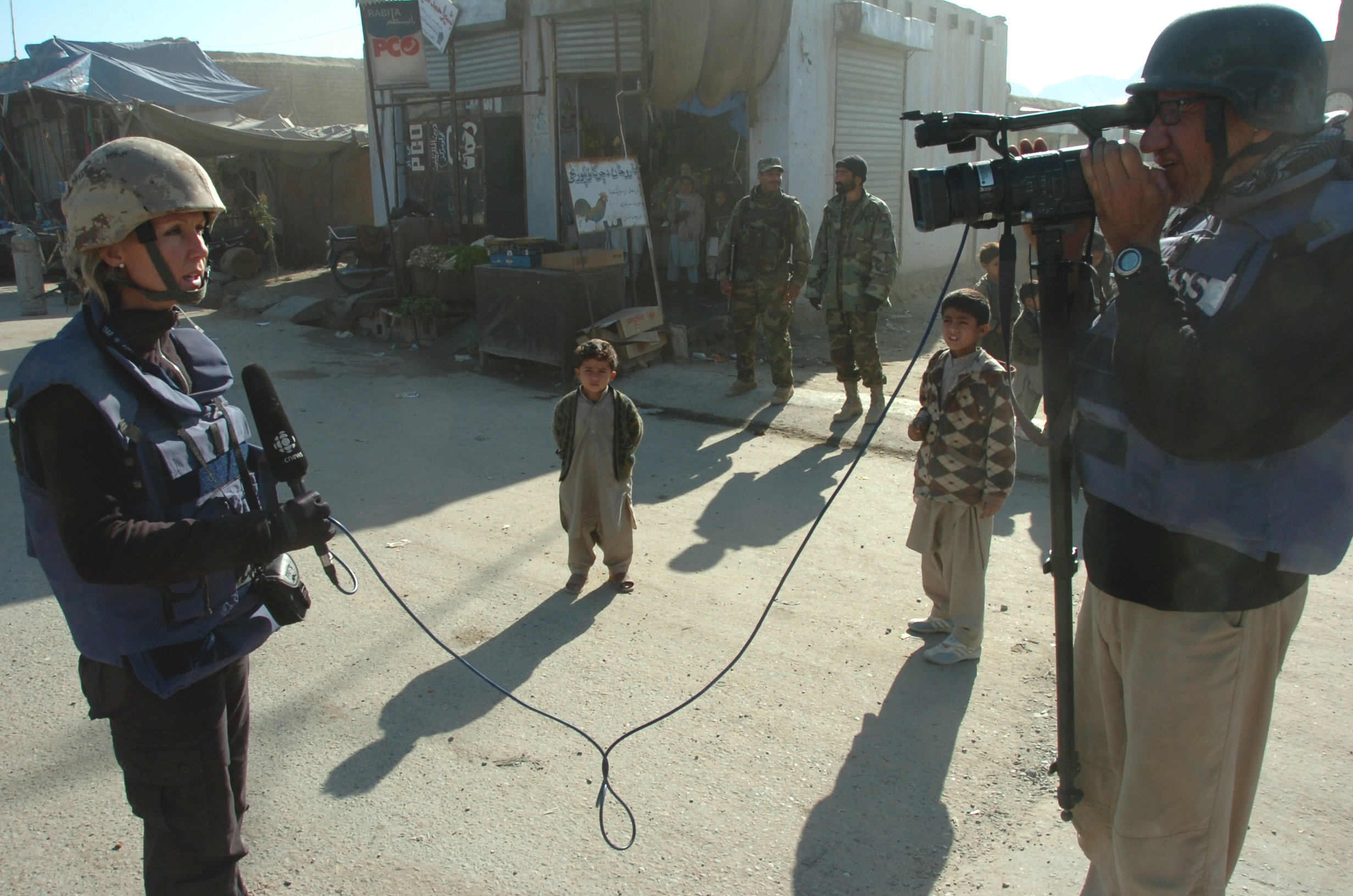
Although a tenet of democratic values, unlimited access to information is an unproven method of assuring peace. The media itself has often oscillated between a sense of patriotic duty, and a responsibility to maintain the freedom of the press. In the history of wartime censorship, Canadian journalists were prepared to curtail free expression in order to protect democracy. At other times, members of the Canadian media dedicated their lives to offer unbiased, unilateral reporting.
In the current conflict against ISIS, Canadian military journalism is in an ambiguous state. Journalists wishing to report on the issue know that the physical terrain is dangerous. Reporters enter into a hazardous terrain of professional ethics as well. By publicizing terrorist activities, Western media risks advancing the extremists cause by giving a mouthpiece to the regime. Although by remaining silent, they risk straying from their fundamental purpose, fulfilling the public’s right to know.
While at war, restrictions on public relations place the media, and the public, in an unfamiliar position. Even so, the Canadian government has made it clear that releasing any reports on military activity during the writ period is too great a threat. Whether it is encouraged, denied, or otherwise manipulated, public access to the intimate details of conflict presents a risk. However until the election comes to an end, the debate over the public’s right to information is firmly closed.

